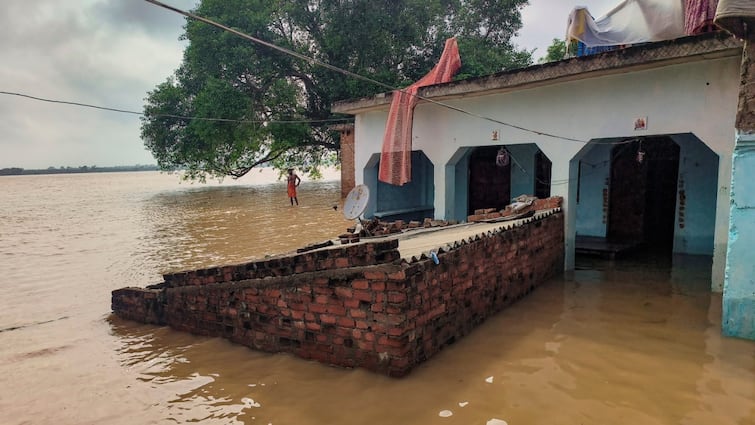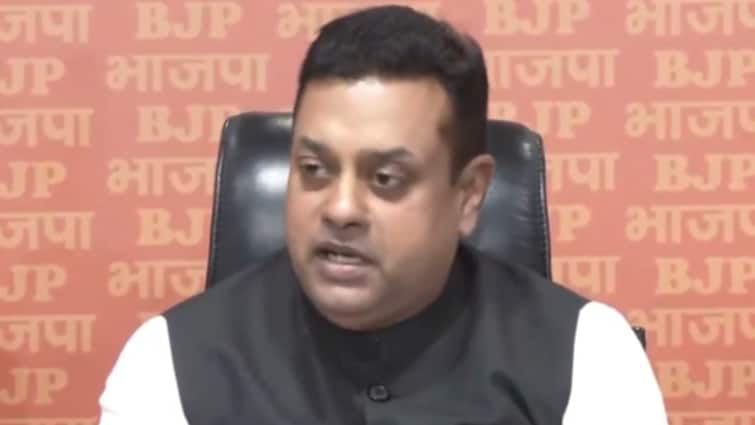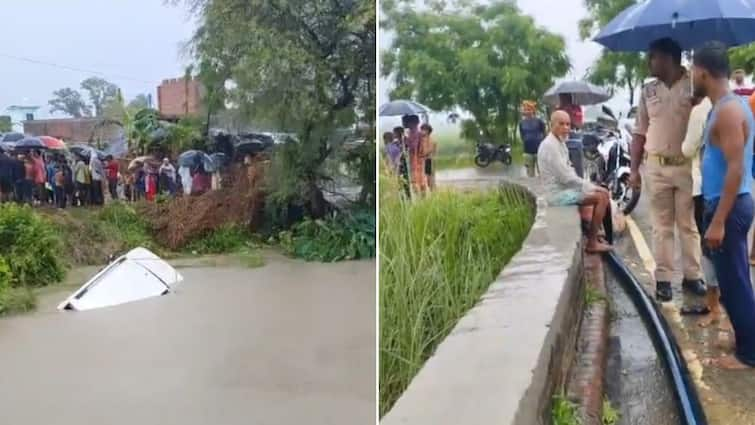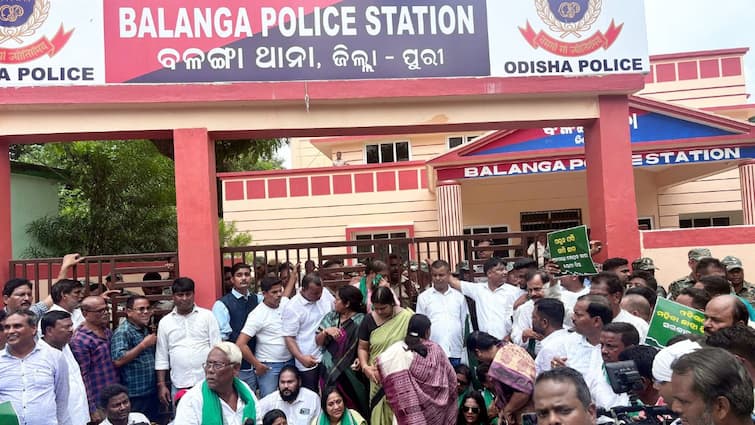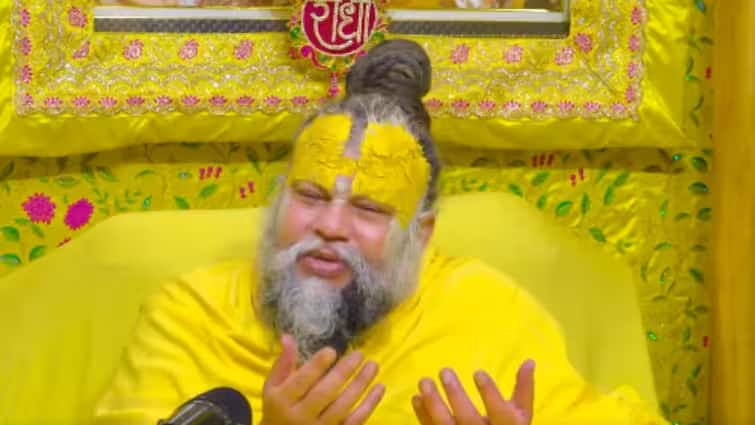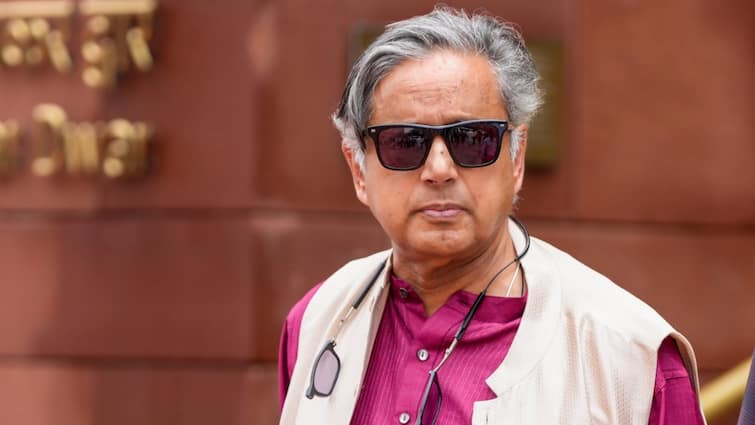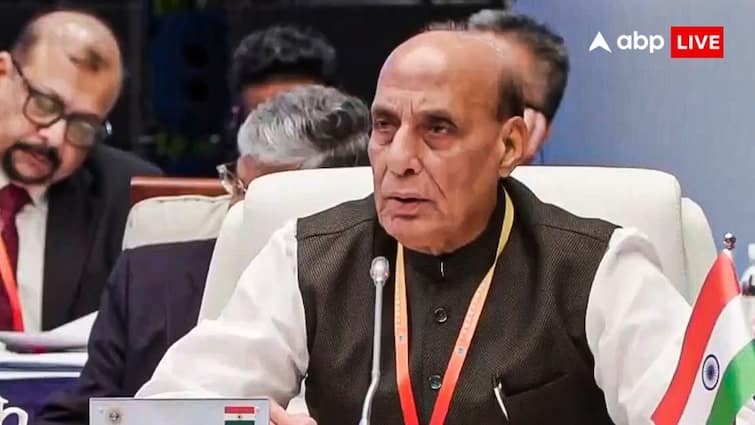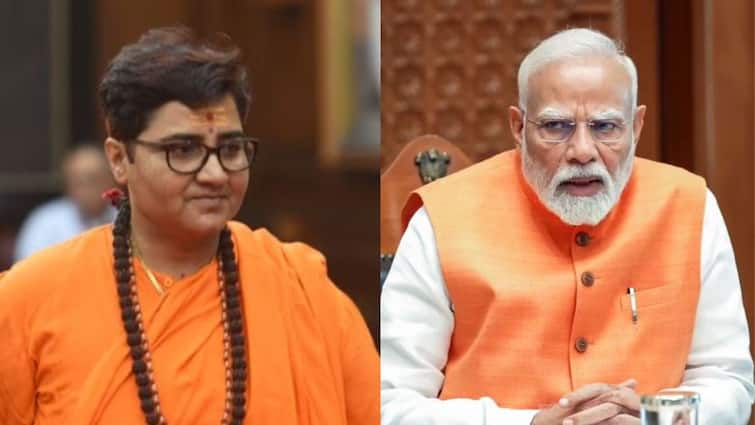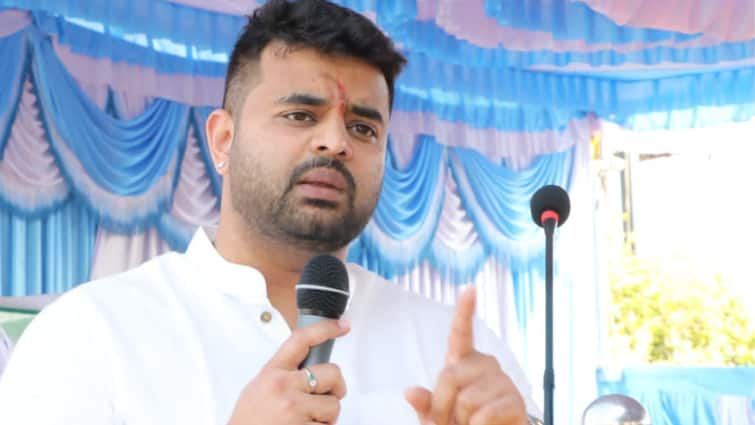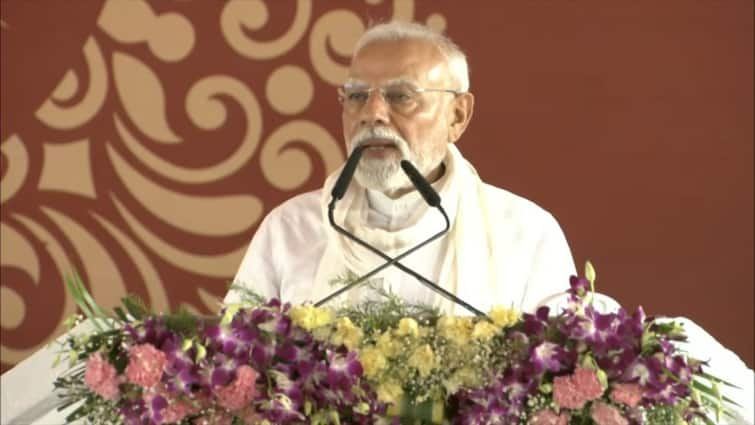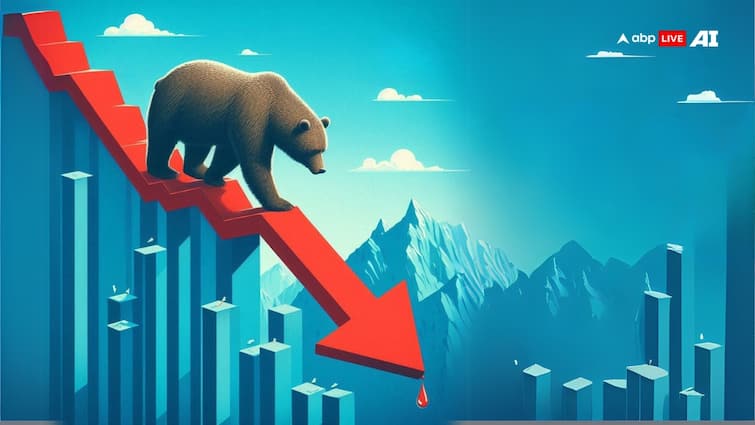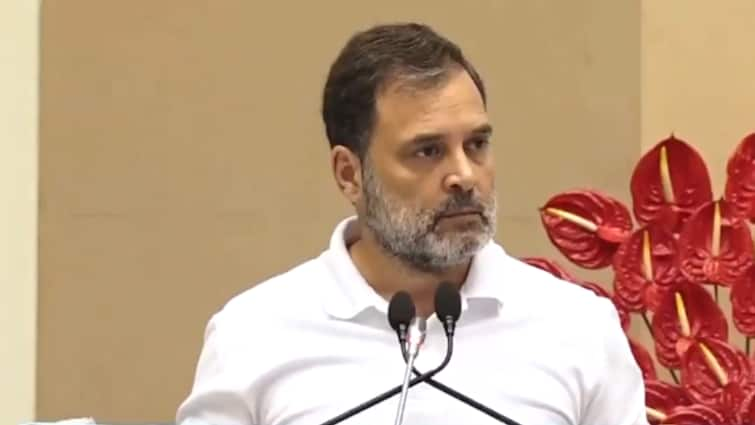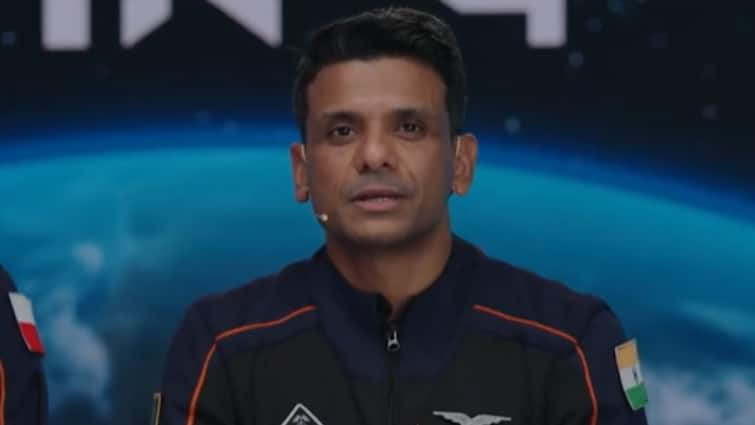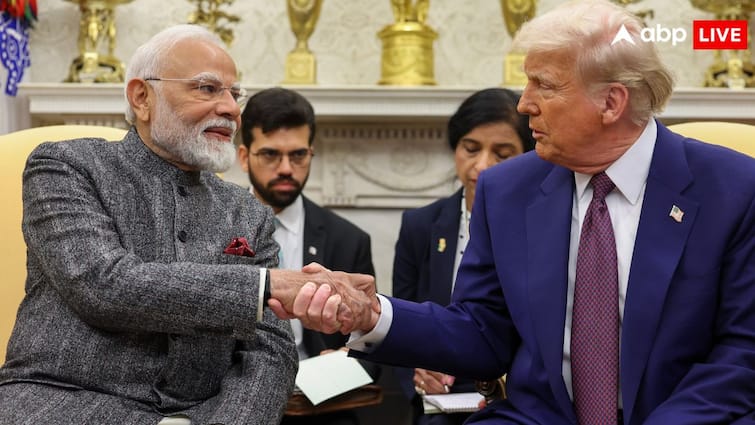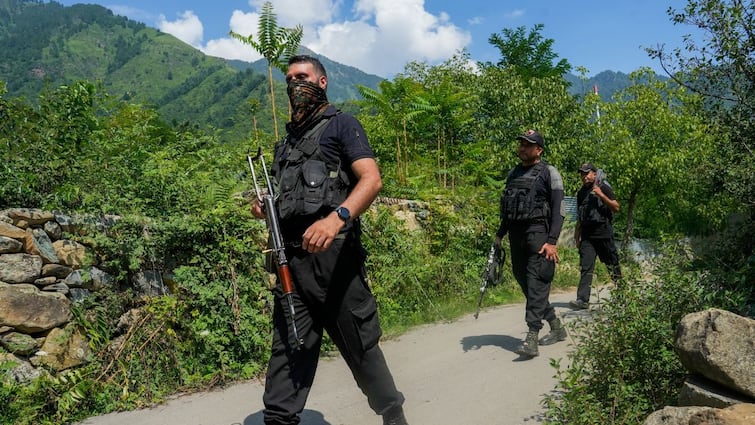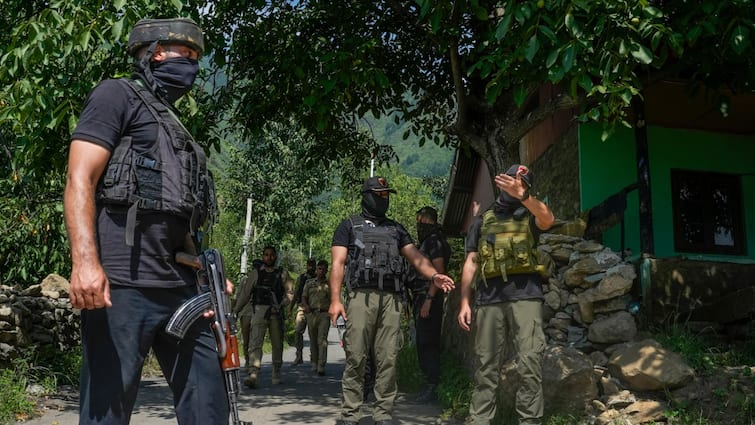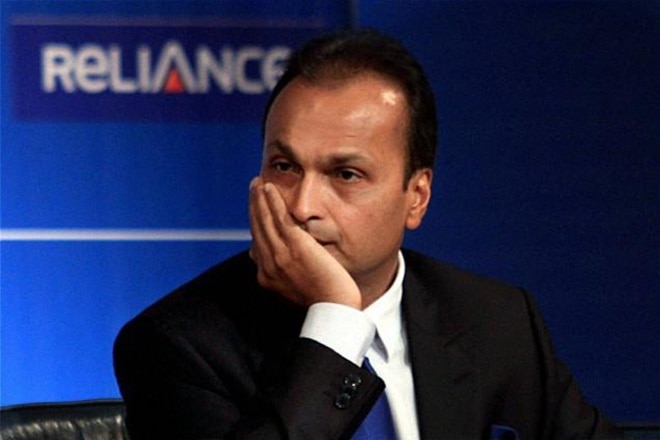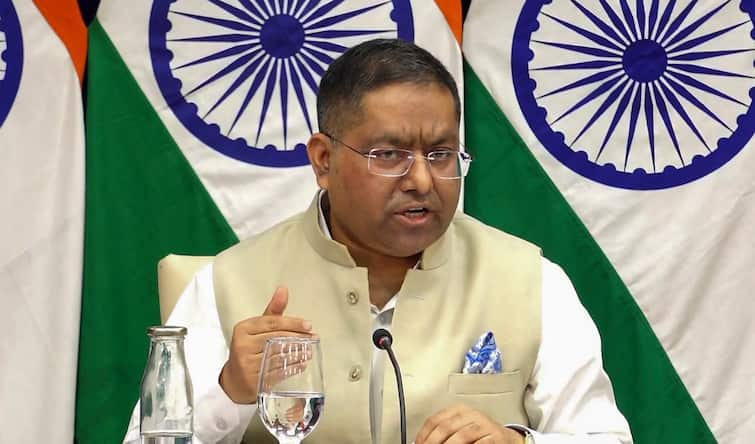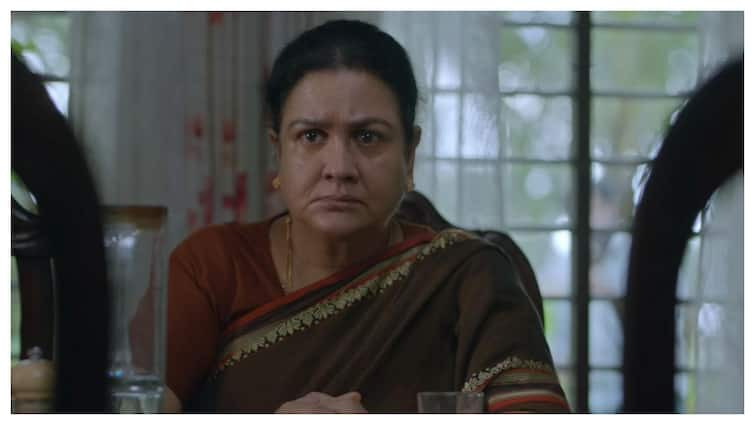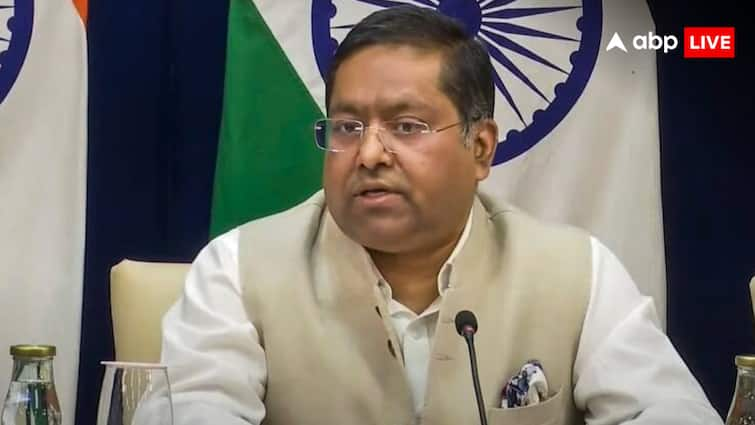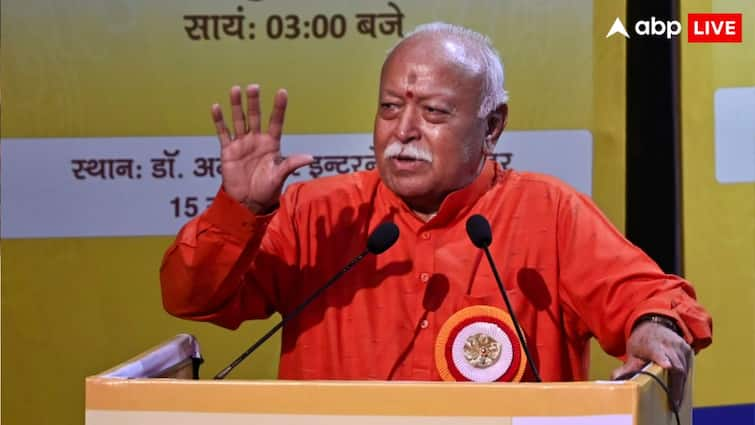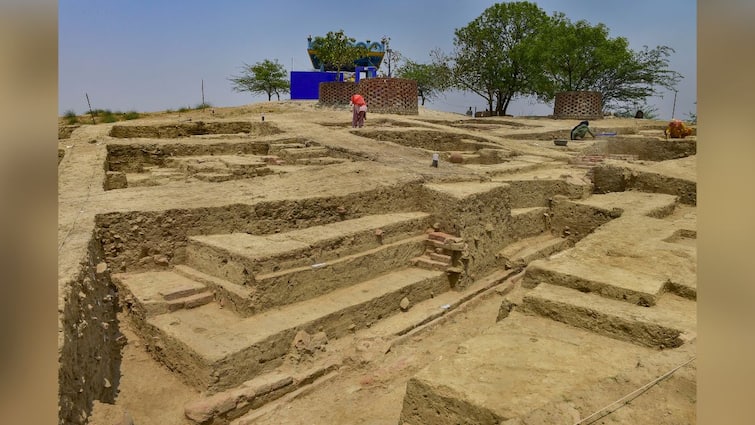
A few weeks ago, Tamil Nadu Chief Minister MK Stalin kicked up buzz around a tantalising riddle from the subcontinent’s history, as he announced a $1 million prize for anyone who deciphers the Indus Valley script. The signs and symbols forming the script have been a mystery since the civilisation was uncovered around 100 years ago, and researchers have been hard at work trying to crack it.
What answers could the script hold? The symbol that seemingly depicts two snakes slithering in coordination, another that looks like an improvised mace — or is it something like an angel with wings, as seen from behind? The rake? And the ‘U’ with two spikes emerging from its ends on both sides? Could these symbols potentially hold clues to the decline of the civilization, which itself remains shrouded in mystery, or are they just records of mundane trade interactions? What role do the animal inscriptions play?
The answer — literally, now — is a million-dollar question.
“The Indus script is perhaps the most important system of writing that is undeciphered,” Asko Parpola, a leading Indologist, is quoted as saying in a January BBC report.
The Indus Valley Civilization
The Indus Valley civilization is considered to be the earliest known urban culture of the Indian subcontinent. It is believed to have existed from about 3300-1300 BCE. “Among the world’s three earliest civilizations — the other two are those of Mesopotamia and Egypt — the Indus civilization was the most extensive,” an article on the Britannica website states.
Also known as the Harappan civilization, it was discovered in the 1920s, and is believed to have extended from modern-day northeast Afghanistan to Pakistan and northwest India, according to notes from the Khan Academy.
The people of the Indus River Valley Civilization are believed to have prized cleanliness — as evidenced by their sophisticated sewage and drainage systems — and “achieved many notable advances in technology, including great accuracy in their systems and tools for measuring length and mass”. The Harappans were “among the first to develop a system of standardised weights and measures”, the notes add.
“The remains of the Indus Valley Civilization cities indicate remarkable organisation; there were well-ordered wastewater drainage and trash collection systems and possibly even public baths and granaries… Most city-dwellers were artisans and merchants grouped together in distinct neighbourhoods. The quality of urban planning suggests efficient municipal governments that placed a high priority on hygiene or religious ritual,” the Khan Academy notes say, describing the academic curiosity around the civilization.
The Harappans “demonstrated advanced architecture with dockyards, granaries, warehouses, brick platforms, and protective walls”. “These massive walls likely protected the Harappans from floods and may have deterred military conflicts. Unlike Mesopotamia and Ancient Egypt, the inhabitants of the Indus Valley Civilization did not build large, monumental structures. There is no conclusive evidence of palaces or temples — or even of kings, armies, or priests — and the largest structures may be granaries. The city of Mohenjo-daro contains the Great Bath, which may have been a large, public bathing and social area,” it adds.
Its decline, however, remains a mystery. “The reasons behind the society’s sudden decline remain unclear, with no apparent evidence of war, famine or a natural disaster,” the BBC report notes. Most researchers believe climate change — shift in monsoon patterns impacting agriculture — could have been the primary factor.
The Mystery Script
The aforementioned BBC report discusses the challenges that have hampered efforts to decipher the script. A key challenge “is the relatively small number of scripts — about 4,000 of them, almost all on small objects such as seals, pottery and tablets”, it notes, adding that the “brevity of each script — average length of about five signs or symbols — with no long texts on walls, tablets or upright stone slabs” is another factor.
Modern-day researchers are using “computer science to tackle this ancient enigma”, the report notes, adding that they are employing “machine learning techniques to analyse the script, trying to identify patterns and structures that could lead to its understanding”.
The report dwells on the work being done by Nisha Yadav, a researcher at the Mumbai-based Tata Institute of Fundamental Research (TIFR), and computer scientist Rajesh P.N. Rao, who is also quoted in the report. Their efforts centre on “applying statistical and computational methods to analyse the undeciphered script”, the report notes.
“Using a digitised data set of Indus signs from the script, they have found interesting patterns,” it says, adding that “Yadav and co-researchers found 67 signs that account for 80% of the writing on the script”.
Even so, researchers believe any credible translation is still a long way off.
Doonited Affiliated: Syndicate News Hunt
This report has been published as part of an auto-generated syndicated wire feed. Except for the headline, the content has not been modified or edited by Doonited





